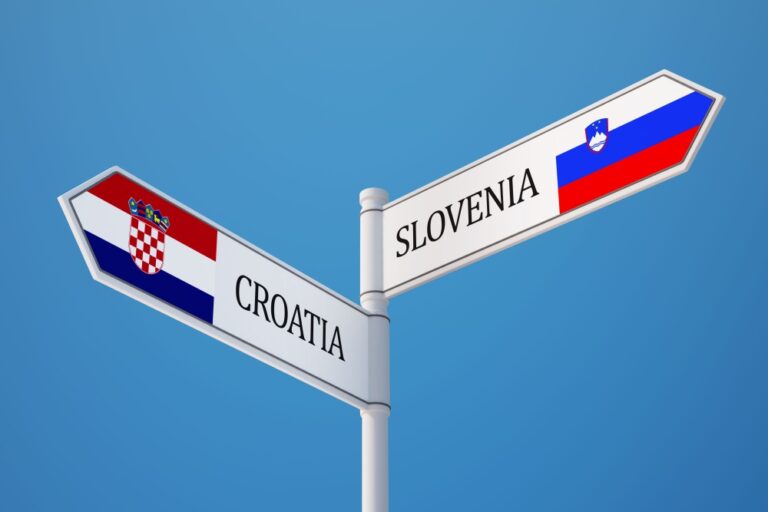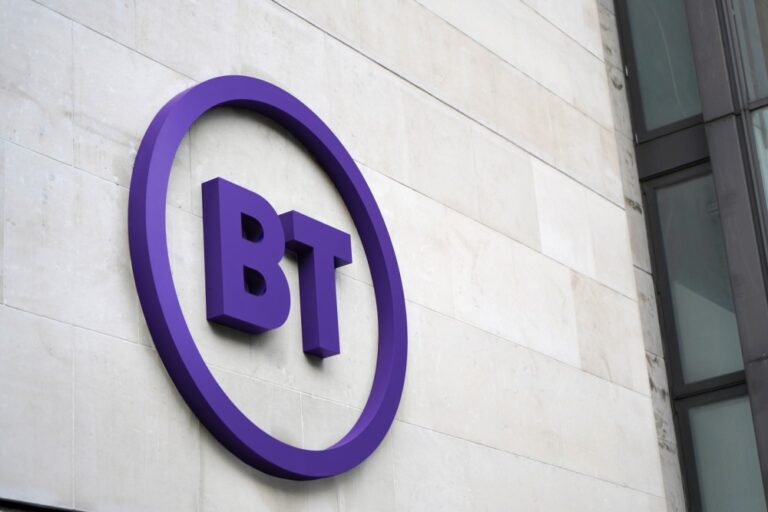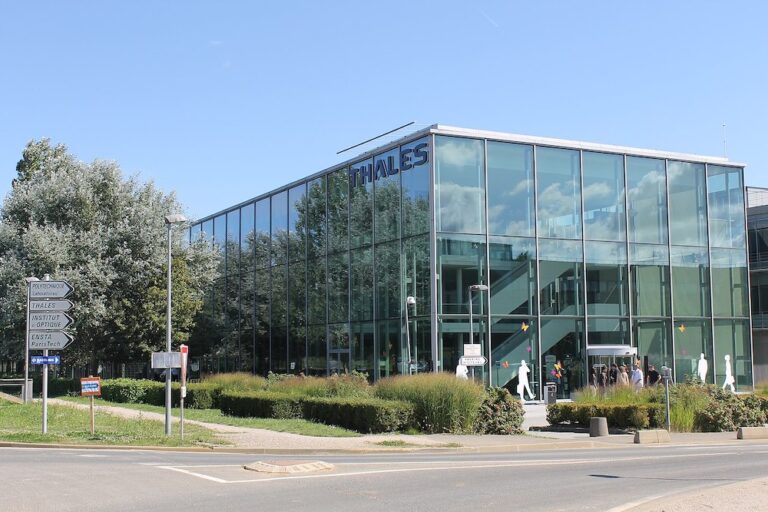Aim for zero emissions
UK mobile operator Vodafone has launched a new programme that gives preferential financing to suppliers with environmental kudos. Vodafone already asks suppliers to meet environmental, social and governance (ESG) targets in health and safety, diversity and the environment. Now it is raising the supply chain bar. In addition to the new green course, some suppliers must also complete an annual CDP survey that scores them on environmental performance. However, some in the supply chain suggest there are plenty of changes that telcos could do to cut their own needless emissions, such as eliminating pointless equipment.
The new programme is being run in partnership with a company that doesn’t face the same pressure as the small businesses in the supply chain, the not-for-profit organisation CDP. A founding member of the Science Based Targets initiative, We Mean Business Coalition, The Investor Agenda and the Net Zero Asset Managers initiative, CDP has now been given the responsibility to encourage industry-wide adoption of its sustainability model. It has been charged with persuading even more suppliers to report on environmental performance and reduce carbon emissions.
Some of the world’s largest telecoms suppliers are now able to access preferential supply chain financing rates for disclosing emissions data and operating their businesses more sustainably. CDP operates globally running an environmental disclosure system that helps financial institutions, companies, cities, states and regions to measure and manage their environmental impact.
In partnership with Vodafone it has developed a course consisting of 12 jumps, AKA criteria taken a survey, relating specifically to greenhouse gas emissions in the supply chain. These are to be the basis for a new environmentally-linked supply chain finance programme. Vodafone said suppliers will be invited to share their environmental performance score with their supply chain financing provider, and in doing so will have the opportunity to receive preferential financing rates based on their ranking.
The framework will initially be offered to suppliers, taking advantage of Vodafone’s supply chain finance programme through Citi. Vodafone will open the framework to a wider variety of suppliers and their supply chain financing providers later this year. Vodafone said the preferential supply chain financing rates will encourage suppliers to submit data on their environmental performance, reduce their carbon emissions overall, and ultimately contribute towards the Group’s Scope 3 emissions targets. This aims to cut emissions that aren’t directly produced by the company, but are linked to its business activity.
No emissions figures were available for the extra work involved in compiling and creatively accounting for net zero targets. In future, CDP plans to make a template of the framework available to other players in the telecoms sector, with a view to driving industry-wide adoption of the model.
CDP was founded in 2000 and works with 741 financial institutions with over $130 trillion in assets. It pioneered the concept of using capital markets and corporate procurement to motivate companies to disclose their environmental impact. It claims this makes them reduce greenhouse gas emissions, safeguard water resources and protect forests.
Now around 20,000 organisations around the world disclosed data through CDP in 2022, including more than 18,700 companies worth half of global market capitalisation, and over 1,100 cities, states and regions. It holds the largest environmental database in the world, in servers that need to be powered and cooled by high maintenance electricity and temperature management systems. CDP scores are widely used to drive investment and procurement decisions towards a zero carbon, sustainable and resilient economy.















